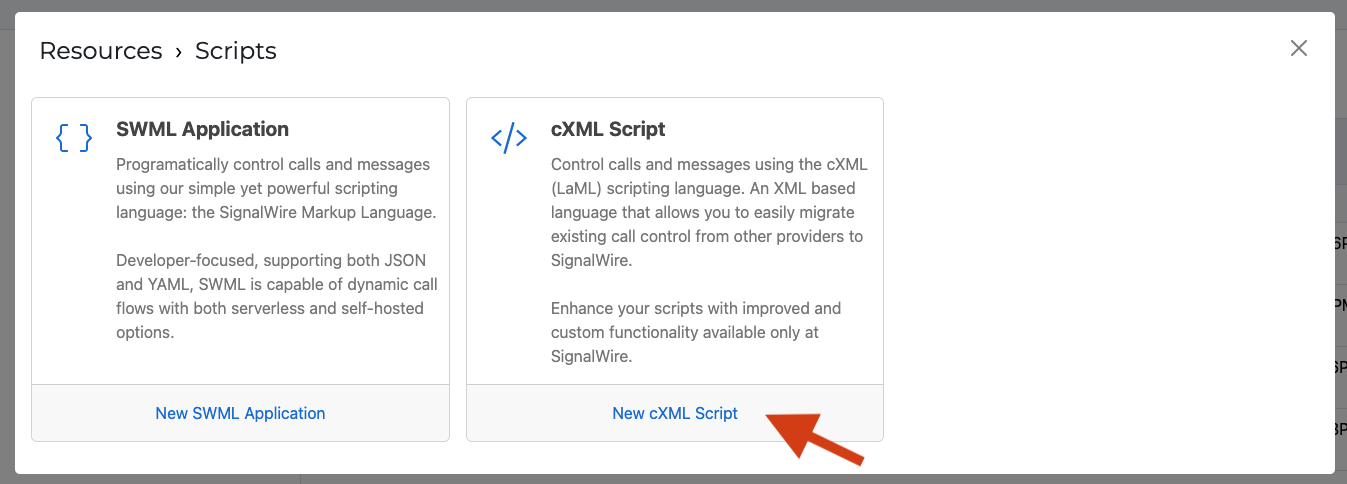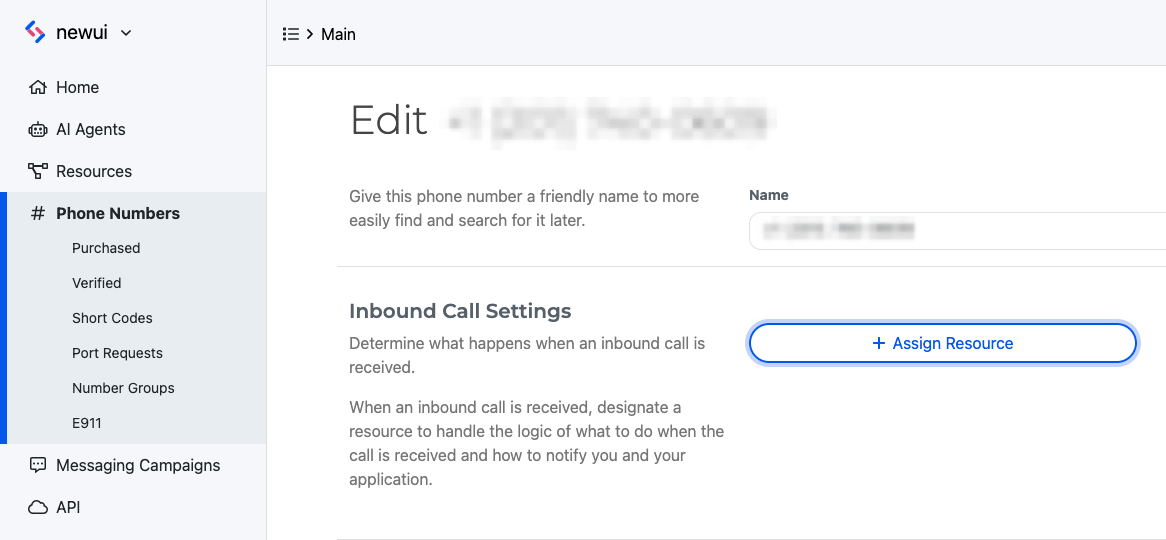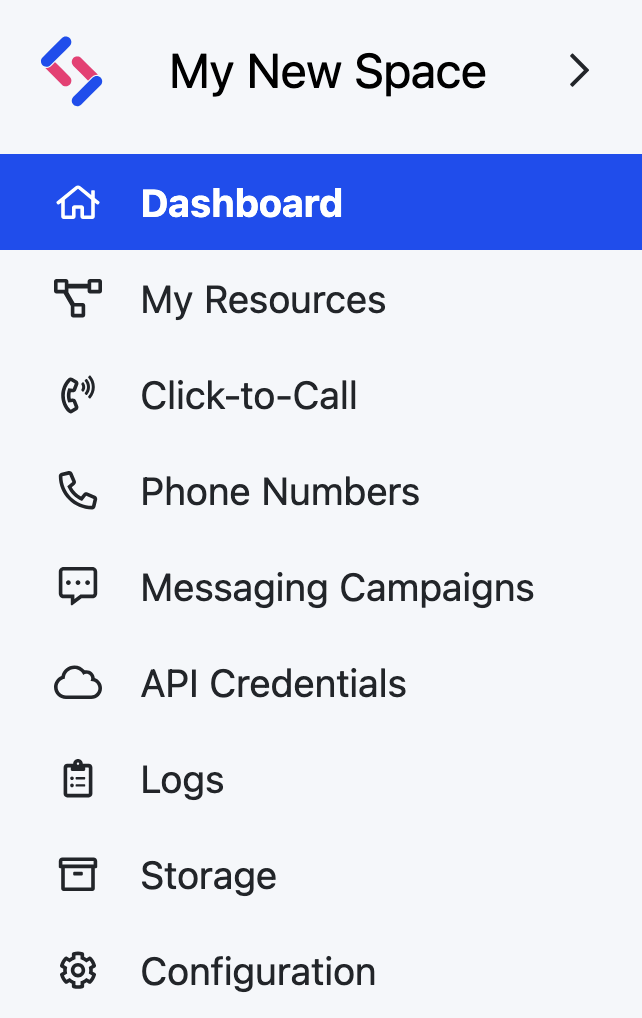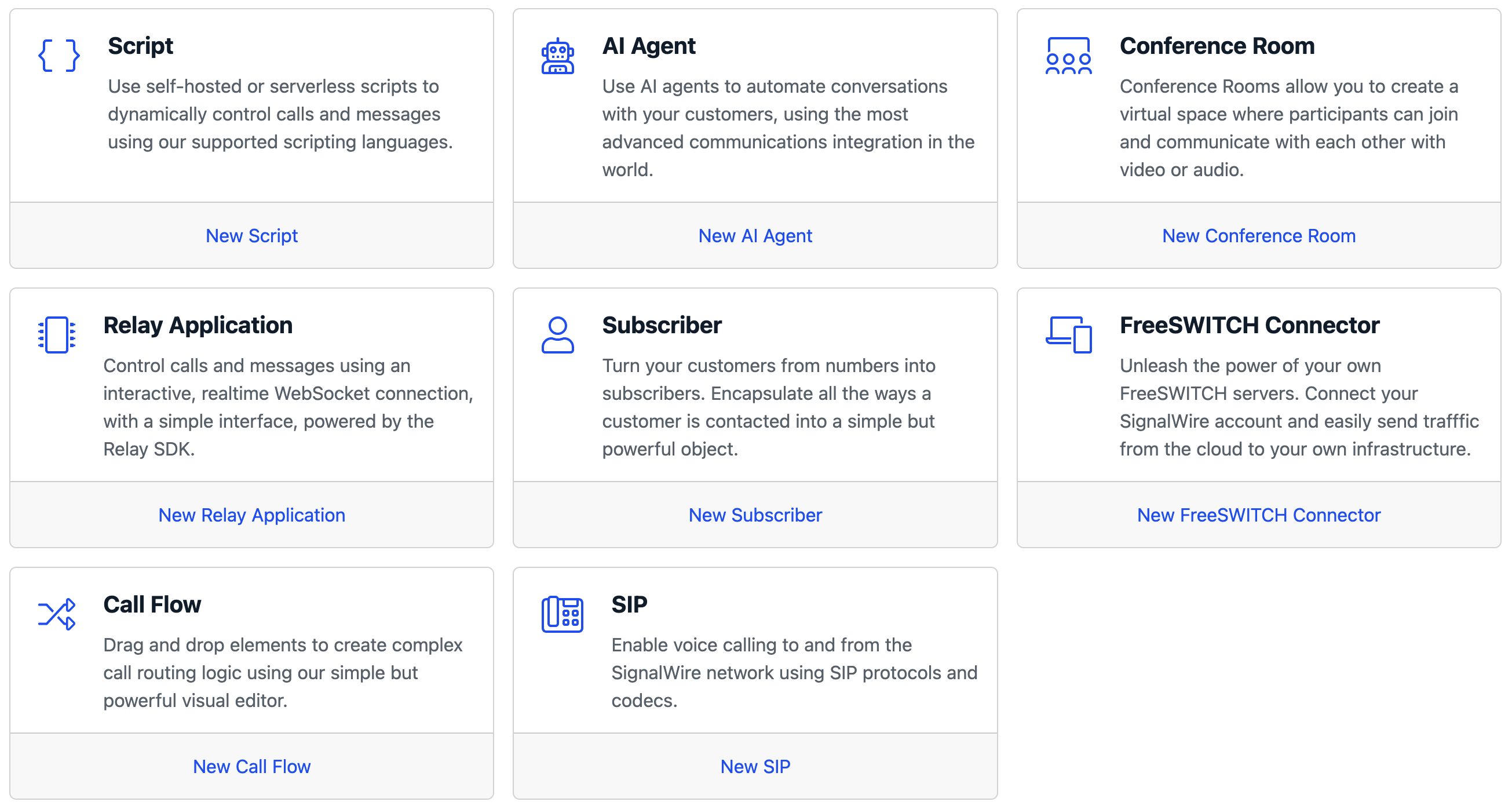Handling Calls from Code
In Making and Receiving Phone Calls we learned how to use Compatibility XML bins to control outbound and inbound calls. In particular, we showed how to play a simple audio message.
Handling calls from code gives us more flexibility. Instead of serving a static XML bin, we can use a custom web server to decide the content of the XML depending on the state of the call, on the caller, on the time, etc.
In this guide, we will show how to create a simple phone service which will tell the user the current day, with a variation on weekends.
Setting up the environment
We are going to use a few libraries to make our job easier. In particular, we'll need the SignalWire Compatibility SDK and, depending on the language you're using, we'll also need a web server. Let's install them:
- Python
- PHP
- Node.js
pip install flask signalwire
composer require signalwire-community/signalwire
npm install express @signalwire/compatibility-api
Producing XML
We'd like to set up an endpoint (our own "dynamic" XML bin) which emits an XML document, like this one:
<?xml version="1.0" encoding="UTF-8"?>
<Response>
<Say>Welcome! Today is Friday.</Say>
</Response>
The XML will be sent back to the client as a response to their request.
In principle, we could manually create such XML by means of string concatenation or interpolation. However, if you are using one of our supported languages, you can use our libraries to more easily produce the same XML:
- Python
- PHP
- Node.js
from signalwire.voice_response import VoiceResponse
response = VoiceResponse()
response.say('Welcome! Today is Friday.')
# Prints the XML string.
print(response.to_xml())
<?php
require_once 'vendor/autoload.php';
use \SignalWire\LaML\VoiceResponse;
$response = new VoiceResponse;
$response->say('Welcome! Today is Friday.');
# Prints the XML string.
echo $response->asXML();
import { RestClient } from "@signalwire/compatibility-api";
const response = new RestClient.LaML.VoiceResponse();
response.say("Welcome! Today is Friday.");
// Prints the XML string.
console.log(response.toString());
Serving the XML
Now that we know how to generate a proper Compatibility XML document, let's see how to set up a web server to serve those documents.
Setting up a web server
How you set up the web server is mostly specific to the language and framework of your choosing. A basic skeleton might be the following:
- Python
- PHP
- Node.js
from flask import Flask, request, Response
from signalwire.voice_response import VoiceResponse
app = Flask(__name__)
@app.route("/", methods=['GET', 'POST'])
def call_handler():
"""
This endpoint will be queried by SignalWire whenever an incoming call is received.
We respond with an XML document which specifies the next instructions.
"""
print(request.values)
# The logic goes here
return
<?php
require_once 'vendor/autoload.php';
use \SignalWire\LaML\VoiceResponse;
# This endpoint will be queried by SignalWire whenever an incoming call is received.
# We respond with an XML document which specifies the next instructions.
print_r($_REQUEST);
# The logic goes here
import express from "express";
import { RestClient } from "@signalwire/compatibility-api";
const app = express();
app.use(express.urlencoded({ extended: true }));
/**
* @param {express.Request} req
* @param {express.Response} res
*/
function callHandler(req, res) {
// This endpoint will be queried by SignalWire whenever an incoming call is received.
// We respond with an XML document which specifies the next instructions.
console.log(req.body);
// The logic goes here.
}
app.get("/", callHandler);
app.post("/", callHandler);
app.listen(8080);
In the next section we will configure a phone number to make an HTTP request to our call handler endpoint when an incoming call is received. The HTTP request will contain parameters including values such as the source number or the body of the incoming message.
For our simple phone service demo, our call handler needs to reference the current date and time, as well as the phone number of the caller. Our call handler will emit a modified cXML document based on those values, allowing our application to modify the call flow and content based on server logic.
- Python
- PHP
- Node.js
from flask import Flask, request, Response
from signalwire.voice_response import VoiceResponse
from datetime import datetime
app = Flask(__name__)
@app.route("/", methods=['GET', 'POST'])
def call_handler():
"""
This endpoint will be queried by SignalWire whenever an incoming call is received.
We respond with an XML document which specifies the next instructions.
"""
print(request.values)
# Get the caller's number
caller = request.values.get('From')
now = datetime.now()
response = VoiceResponse()
response.say(f"Welcome! Today is {now.strftime('%A')}.")
response.say(f"Your phone number ends in {caller[-2:]}.")
if now.weekday() >= 5:
response.say(f"Enjoy the weekend.")
return Response(response.to_xml(), mimetype='text/xml')
<?php
require_once 'vendor/autoload.php';
use \SignalWire\LaML\VoiceResponse;
$caller = $_REQUEST['From'] ?? '';
$response = new VoiceResponse;
$response->say("Welcome! Today is " . date('l'));
$response->say("Your phone number ends in " . substr($caller, -2));
if (date('w') == 0 || date('w') == 6) {
$response->say("Enjoy the weekend.");
}
header('Content-type: text/xml');
echo $response->asXML();
import express from "express";
import { RestClient } from "@signalwire/compatibility-api";
const app = express();
app.use(express.urlencoded({ extended: true }));
/**
* @param {express.Request} req
* @param {express.Response} res
*/
function callHandler(req, res) {
// This endpoint will be queried by SignalWire whenever an incoming call is received.
// We respond with an XML document which specifies the next instructions.
/** @type string */
const caller = req.body?.["From"] ?? "";
const now = new Date();
const response = new RestClient.LaML.VoiceResponse();
response.say("Welcome! Today is " + now.toLocaleString("en-us", { weekday: "long" }));
response.say("Your phone number ends in " + caller.slice(-2));
if (now.getDay() === 0 || now.getDay() === 6) {
response.say("Enjoy the weekend.");
}
res.set("Content-Type", "text/xml");
res.send(response.toString());
}
app.get("/", callHandler);
app.post("/", callHandler);
app.listen(8080);
This simple message handler works like a dynamic XML bin, whose content depends on the received message.
Try running the application, which will listen on port 8080:
- Python
- PHP
- Node.js
python3 -m flask --app main.py run --host='0.0.0.0' --port 8080
docker run --rm -it -p 8080:80 -v "$PWD":/var/www/html php:8.1-apache
node index.js
Since you are likely behind a NAT, to test this application on your local machine you need a public IP address that SignalWire can reach. We suggest using ngrok: refer to our guide on ngrok for more information.
In short, while the application is up and listening on port 8080, run ngrok from a new terminal like this:
ngrok http 8080
You'll get a public random URL (such as https://983f-93-41-16-193.ngrok.io/)
that you can use to access your local application.
Configuring the number
Now that the code is ready and the HTTP endpoint is reachable from the web, we need to configure our SignalWire number to access it.
First, we need to create a new cXML script resource that points to your ngrok URL. To do so, go to the "Resources" section from your sidebar, and create a new Script Resource. Select the Script type as cXML.

When configuring the cXML script, select the "External URL" option, and paste the ngrok URL.

If you don't have a phone number yet, make sure to buy one. You will need at least one number to receive messages.
Once you have a phone number ready to use, we'll need to assign it to this Resource. Navigate to the "Phone Numbers" section in the Sidebar, and open the Settings page for the number you are using. Click Assign Resource to assign the number to the cXML Script.

Refer to Making and Receiving Phone Calls for more information about this step.
Try dialing the configured phone number: after a few seconds you'll receive an automated reply, whose content will be different depending on the day of the week.
Conclusion
We have shown how to handle calls from code, by emitting XML documents whose content depends on external factors. We did all this in the context of the Compatibility API.
For more advanced, real-time applications, you'll want to check out our Realtime SDK. Find more details in the guide about First Steps with Voice in the Realtime SDK.



